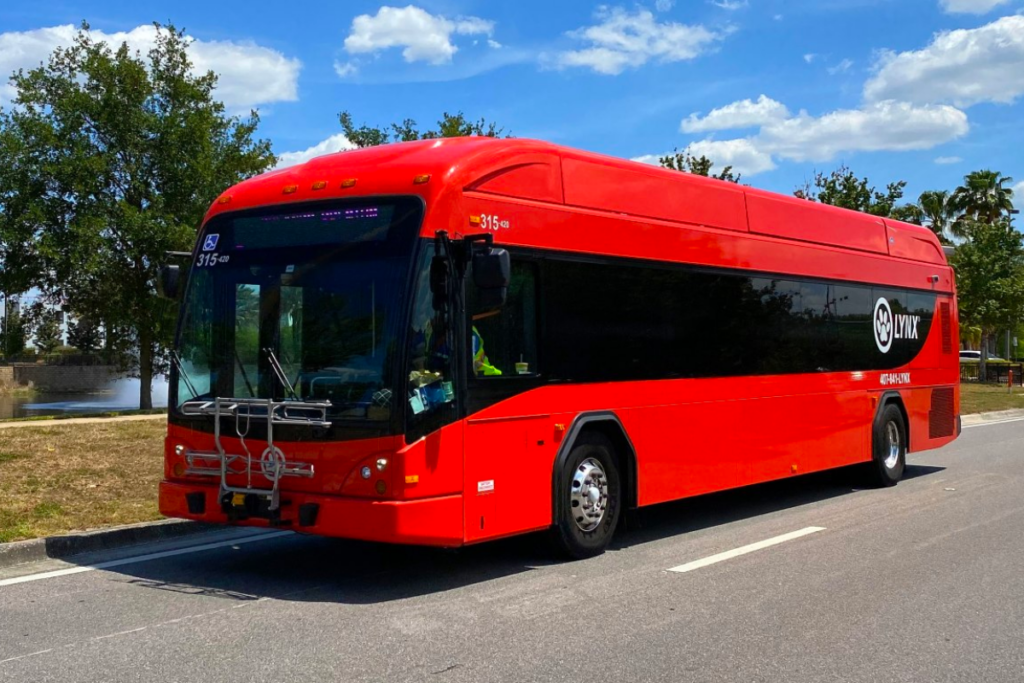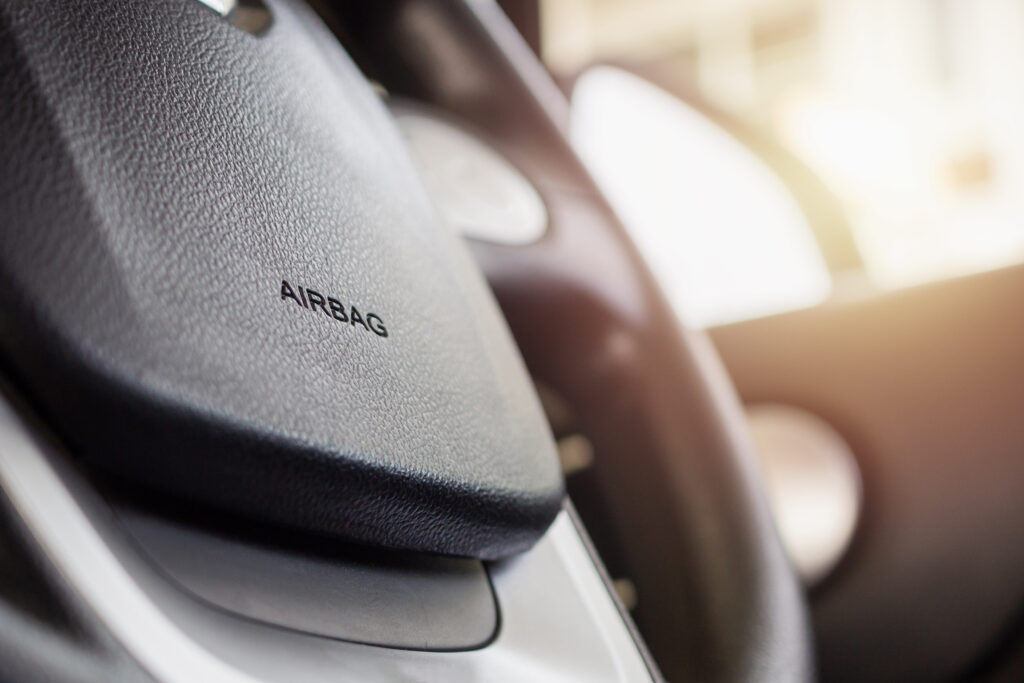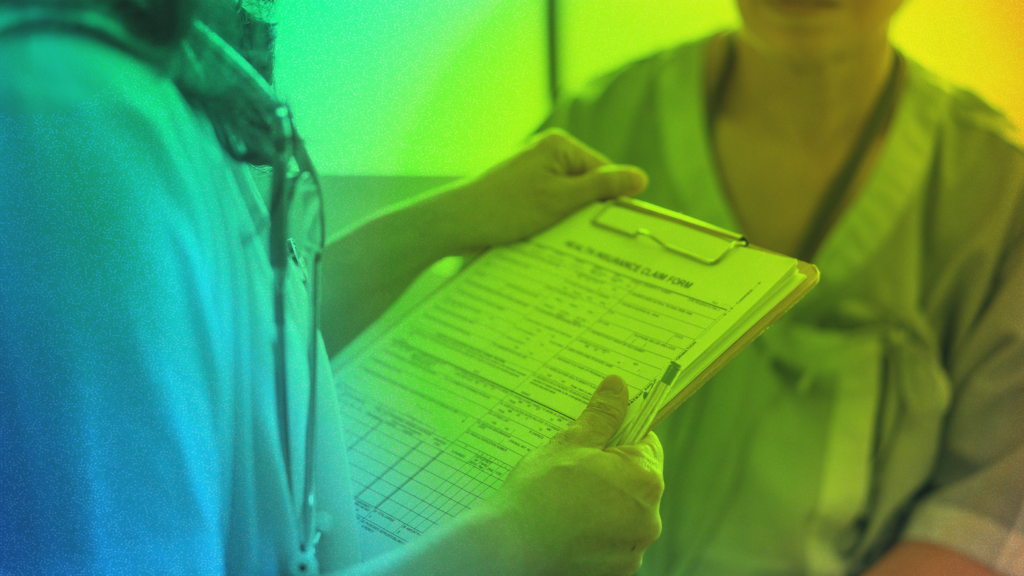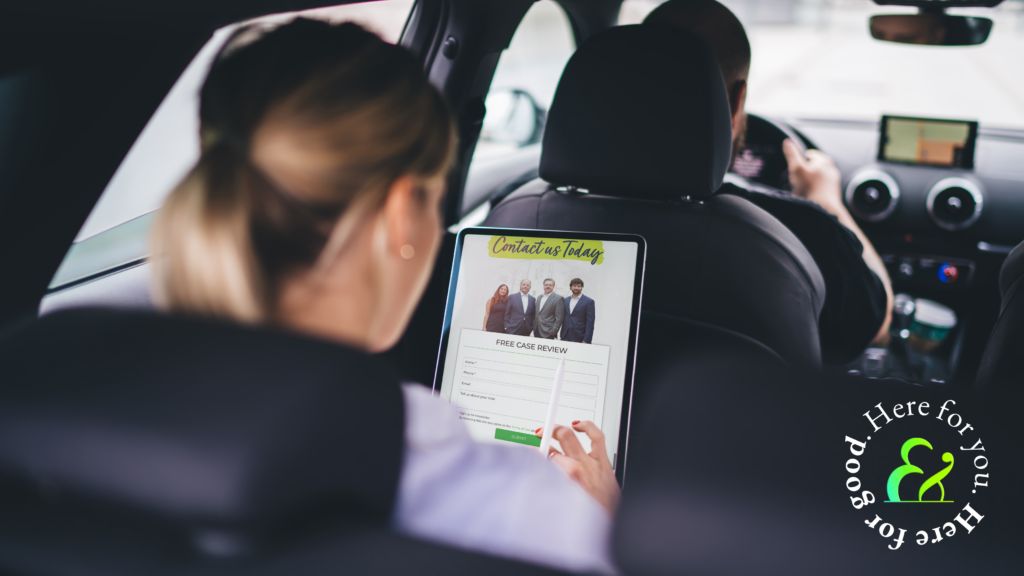Florida Bus Accident Lawyers
If you or a family member has been injured while riding a bus or been injured in an accident with a bus, you may be able to pursue compensation for your injuries. Bus companies are insured and insurance companies have lawyers highly skilled in mitigating the amount of fault their clients can be found liable for. Also, many buses are run by a public entity, such as a school district, and their liability may be legally protected to a certain degree.
Home » Florida Personal Injury Lawyers » Florida Bus Accident Lawyers
Don’t try to reach a settlement with an insurance company on your own, you need to seek the reputation of an experienced bus accident lawyer. The Florida injury attorneys at Farah & Farah has been successfully representing accident victims for over 35 years. Let us fight for you and seek you the compensation you justly deserve. Call (877) 245-6707 today for a free consultation.

Who is Liable For a Bus Accident in Florida?
Establishing liability in a bus accident can be tricky, and many times more than one party may be at fault. If another vehicle runs into a bus, the driver of that vehicle is liable. But, what if the bus causes the accident, who is liable in that case? There are several parties that can be held liable when a bus causes an accident:
- The bus driver: Bus drivers must have special driver’s licenses and undergo training and testing. If the driver fell asleep, was under the influence, or was distracted or negligent in any way, they can be held liable for the accident.
- The bus company: The owner of the bus is required to perform timely maintenance of their buses and make sure they are in safe running order. Bus companies must also thoroughly vet and train any drivers they hire.
- The tour company: The tour company has a duty to hire a bus company with a good safety record.
- Municipalities in charge of roads: If a pothole, non-function traffic light, or any other road condition contributes to the accident, they can be held liable.
- The bus manufacturer: If the bus’s design or manufacturing contributed to the accident, they can be held liable.
Bus Accident Statistics
The following bus accident statistics have been compiled using data from the U.S. Department of Transportation:
- About 24,000 people are injured in bus accidents each year in the U.S.
- In America, over 700 million passengers ride buses each year.
- A combined 28 million miles are traveled by bus passengers, annually.
- There are approximately 30,000 commercial buses on America’s roadways.
- Daily, there are about 450,000 school buses. This number decreases on weekends and during school vacations.
- Annually, about 12,000 children are injured on school buses in the U.S.
- Approximately 11 children are killed each year in bus accidents.
- In 2011, the year for which the most recent data is available, 383 were killed in bus accidents.
Bus Accident Injuries
For several reasons, the injuries suffered in a bus accident can be far more severe than accidents involving passenger vehicles. The reasons for this include:
- Bus passengers are often standing. This is almost always the case on crowded public transportation buses or trains.
- Passengers sitting on buses are usually unrestrained by seat belts. While some states, like Florida, are required to have seat belts on school buses, the responsibility to put on that seat belt and fasten it properly is that of the child.
- Since passengers are not driving the bus, they are not watching the road and will probably not see an upcoming collision. They won’t be able to brace themselves for the impact.
- Buses have a higher center of gravity, making them more likely to tip over.
Because bus passengers are rarely restrained, they have the potential for more injuries. Imagine what happens inside a bus at the moment of impact. People will be thrown out of their seats, thrown against the sides of the bus, and thrown into other passengers. This is why bus accident injuries often include:
- Bone breaks and fractures
- Torn tendons and ligaments
- Severe cuts, lacerations, and bruising
- Burns
- Scrapes
- Facial fractures
- Brain injuries, such as concussions or skull fractures
Contact an Experienced Florida Bus Accident Attorney
If you or a family member is injured in a Florida bus accident, you need to contact an experienced auto accident attorney in Florida. The legal team at Farah & Farah will fight for a just recovery that covers your losses. Call (877) 245-6707 today for a free consultation.

free case review
Client Testimonials


YOU AND YOUR FAMILY

Injured?
Related Blogs













